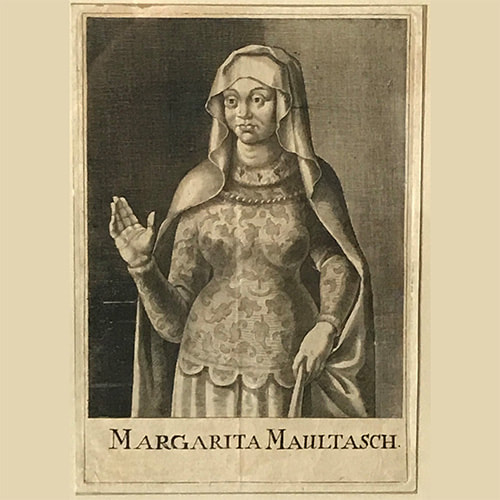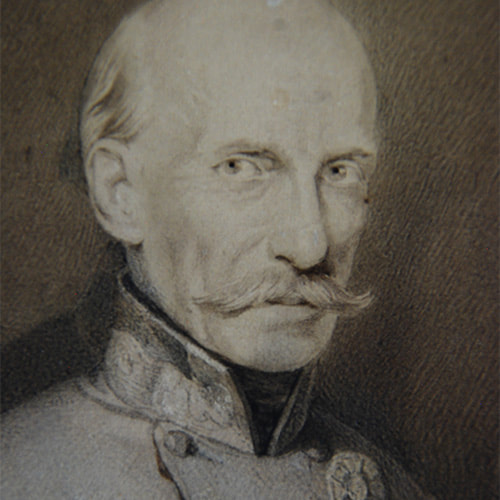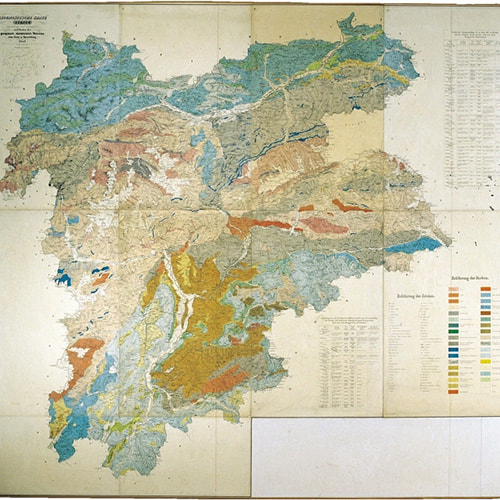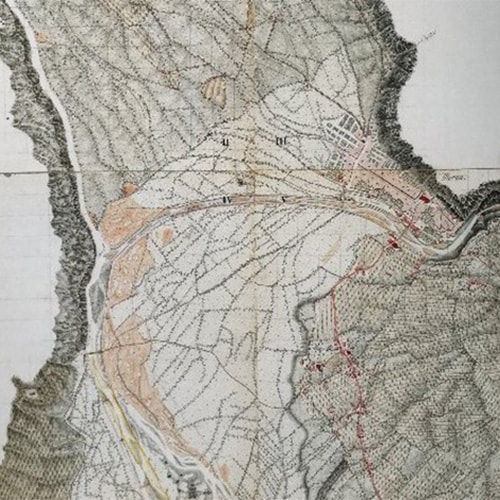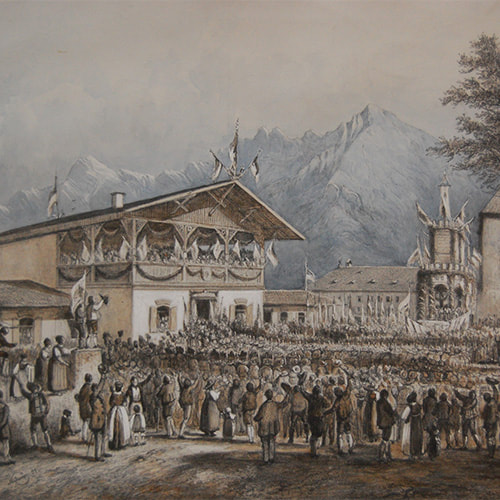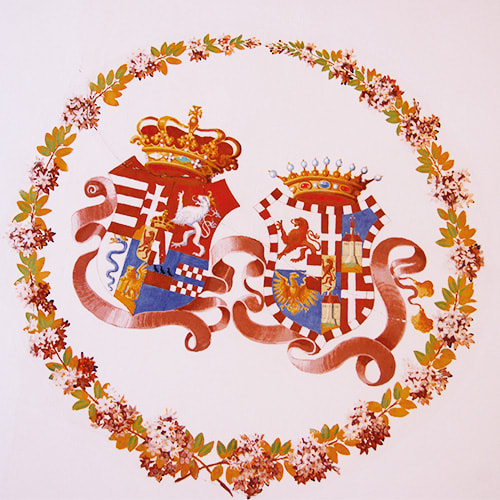History & Personalities
One upon a time …
… there lived a singular woman with a distinctive name: Margarethe “Maultasch”, [Margaret “the Bag Mouth”], the last Countess of Tyrol. In 1346 she gave her burgrave, Petermann of Schenna, the order to build Schenna Castle. In the politically turbulent centuries that followed, the Castle was owned by a series of leading Tyrolean aristocratic families, among them the Lords of Starkenberg, Emperor Maximilian I, the Counts of Lichtenstein, the Counts Bettoni and finally, from 1845, Archduke John of Austria.
He was passionate about his adopted homeland of Tyrol, where he left indelible traces: his memory thus endures here, not least because of Schenna Castle, chosen as the seat for his descendants, as well as the neo-Gothic Mausoleum on the local church hill, serving him and his family as a burial site.
John’s descendants, the Counts of Meran, still occupy the Castle today, living there and managing the estate, which includes the Castle with its valuable collections; the Mausoleum; and the Thurnerhof, a farm that John acquired in 1852 and transformed into the economic foundation of the estate, and is nowadays a well-known and popular inn.
… there lived a singular woman with a distinctive name: Margarethe “Maultasch”, [Margaret “the Bag Mouth”], the last Countess of Tyrol. In 1346 she gave her burgrave, Petermann of Schenna, the order to build Schenna Castle. In the politically turbulent centuries that followed, the Castle was owned by a series of leading Tyrolean aristocratic families, among them the Lords of Starkenberg, Emperor Maximilian I, the Counts of Lichtenstein, the Counts Bettoni and finally, from 1845, Archduke John of Austria.
He was passionate about his adopted homeland of Tyrol, where he left indelible traces: his memory thus endures here, not least because of Schenna Castle, chosen as the seat for his descendants, as well as the neo-Gothic Mausoleum on the local church hill, serving him and his family as a burial site.
John’s descendants, the Counts of Meran, still occupy the Castle today, living there and managing the estate, which includes the Castle with its valuable collections; the Mausoleum; and the Thurnerhof, a farm that John acquired in 1852 and transformed into the economic foundation of the estate, and is nowadays a well-known and popular inn.

